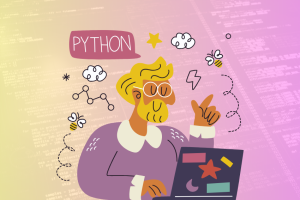If you have ongoing back pain, one of the best things you can do for your body is to go see a physical therapist. Physical therapy uses a variety of treatments to help decrease pain, increase your function and help you learn to move in a way so you won’t continue to injure yourself.
Here are 6 physiotherapy techniques for treating back pain:
One of the first things your physiotherapist will want to assess is where the problem is coming from. The cause will determine the best course of treatment. Often treatments combine exercises with relaxation techniques and manipulation or mobilization.
Ice Therapy
Ice is a well-known treatment for injury and back pain and it has many benefits, including:
- Ice acts as a numbing agent, providing pain relief on the spot
- It also reduces inflammation in the tissues and can help with swelling.
- You should carefully follow your physician’s instructions for how long and how often to ice your back.
- Ice reduces blood flow to the area and when it is removed the blood rushes back to the area bringing increased circulation and healing nutrients helping the tissues to heal.
- Ice massages can also help provide pain relief.
- Ice Therapy is inexpensive and is a treatment that can be done by most patients at home.
Heat Therapy
A treatment that often goes along with ice therapy is heat therapy. This is also something that most people can do at home and is an inexpensive treatment option. Heat therapy can be beneficial in many ways, including:
- It helps relax and stretch tight muscles in the back.
- Increases the flexibility of the back muscles and helps with movement and comfort.
- The heat helps to enlarge the blood vessels, which increases the blood flow to the muscles and spine helping to heal the tissues.
- Heat stimulates the nerves in the skin, which decreases the pain signals sent to the brain, relieving some discomfort.
- Heat therapy can be in the form of a heat wrap, hot water bottle or hot bath.
Exercise and Movement
While it may seem counter-intuitive, exercise and staying active are some of the best ways of treating an injured back. It is important, however, to make sure you are not injuring yourself further so talk to your physiotherapist for their specific exercise recommendations.
Sometimes the reason for back pain is that individuals are moving their spines in ways that work against their muscles and the rest of their bodies. The goal of these exercises would be to help the patient learn to develop these supporting muscles to stabilize the area. Some excellent exercises for back pain are ones that strengthen your core and involve stretching the deep muscles needed for support.
Ultrasound
The theory behind ultrasound is that it uses sound waves to stimulate injured tissues and promote healing and give pain relief. It has been used by physiotherapists for decades as part of a course of back pain treatment. It has been found to provide some patients with relief.
Iontophoresis
Iontophoresis is a treatment that uses an electrical current to push ionically charged steroids into your injured tissue through the skin. It is used to decrease inflammation, acute pain, swelling and muscle spasms in a general area.
Stretching
Stretching is another excellent way to relieve pain and stiffness and calm back spasms. Stretching can also be part of an ongoing treatment plan that becomes part of a daily routine. Look for stretches that lengthen stiff muscles and develop the deep muscles needed to support.
It is important to visit a pain clinic in Vaughan to understand and treat the underlying causes of your back pain. Working together, you can get the pain relief you need.



